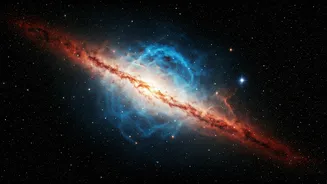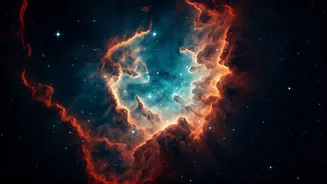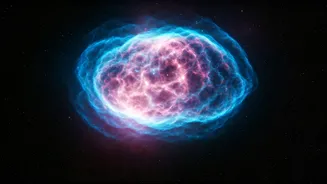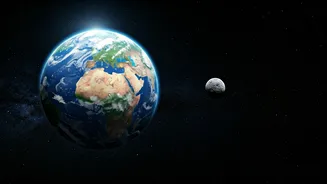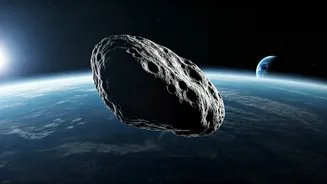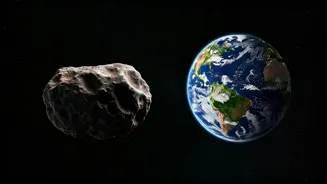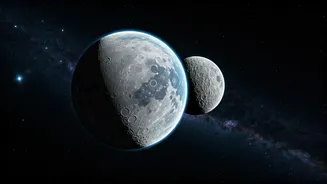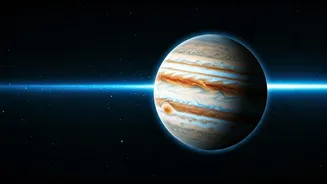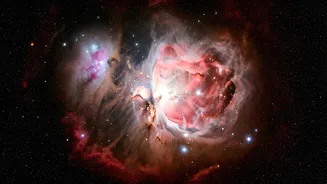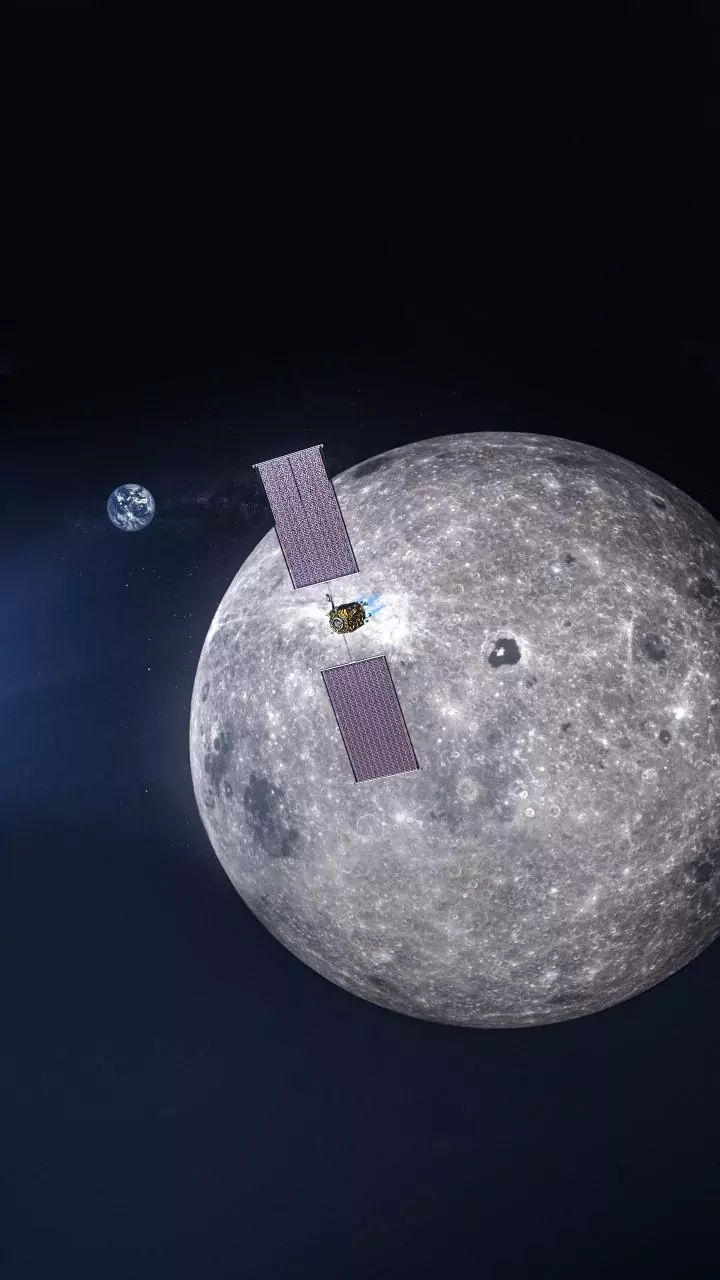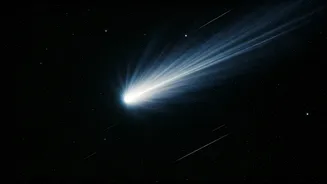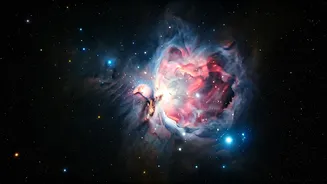A Second Moon?
The remarkable revelation that Earth temporarily possessed a second moon, designated 2025 PN7, has captured the attention of astronomers and space enthusiasts
alike. This secondary celestial body, as confirmed by NASA, presented a unique opportunity to study the dynamics of Earth's orbit and the behavior of objects in our cosmic neighborhood. This event provided scientists with a rare chance to observe the gravitational influences at play and the temporary coexistence of two lunar bodies in our planetary system. The confirmation offered by NASA solidified the scientific community's understanding of this short-lived cosmic dance, enhancing our knowledge of near-Earth objects and orbital mechanics.
The Transient Companion
The temporary nature of the second moon, 2025 PN7, distinguishes it from our permanent natural satellite. Unlike the Moon, which has orbited Earth for billions of years, this secondary lunar body was only a temporary visitor. It has been described as a 'quasi-satellite,' a term for an object that orbits the Sun but appears to orbit Earth due to its proximity and similar orbital period. The dynamics involved in maintaining such an orbit are delicate and can be affected by various gravitational influences. The object will continue to orbit Earth at least until 2083. This brief encounter of an extra celestial body provides a snapshot of the complex interplay of cosmic forces.
NASA's Confirmation
The official confirmation by NASA played a crucial role in establishing the validity of the second moon's existence. The rigorous scientific methods and data analysis employed by NASA ensure that the findings are reliable and trustworthy. The agency's confirmation acts as a stamp of approval, assuring the scientific community and the general public of the veracity of this event. The confirmation relies on precise observations, trajectory analysis, and astronomical measurements. This data serves as the basis for further exploration and research into the properties of 2025 PN7 and its effects on Earth. NASA's involvement emphasizes the importance of space research in broadening our understanding of the universe.
Orbital Mechanics Explained
The concept of orbital mechanics underpins the understanding of how 2025 PN7 was able to orbit Earth. Orbital mechanics is a branch of astrophysics that delves into the motion of objects in space under the influence of gravity. In the case of the second moon, its orbit around Earth was a delicate balance of gravitational forces. The object's path was influenced by both the gravitational pull of Earth and the Sun. Small variations in these forces could potentially change its trajectory or cause it to depart from its temporary orbit. Studying the orbital mechanics of such an object also provides valuable data for the study of near-Earth objects and the prediction of potential collision risks.
Impact and Duration
The influence of 2025 PN7 on Earth and its environment has been a subject of great interest. While the object is not expected to significantly alter conditions on Earth, its presence offers the chance to study the interaction between Earth and a smaller, temporary companion. The duration of this temporary second moon's orbital period provides a unique opportunity for scientific investigation. The object is expected to remain in orbit around Earth at least until 2083. During this time, the scientific community continues to gather data about this unusual object, helping to clarify the complexities of the solar system and our position in it. The study of 2025 PN7 helps to enhance our knowledge of near-Earth objects and our understanding of orbital dynamics.


